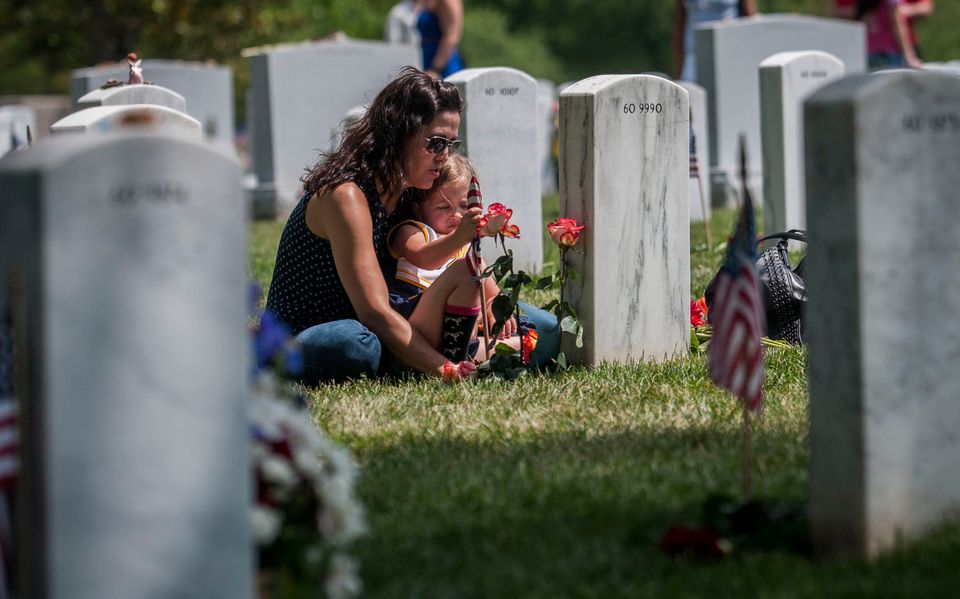Well, here we are, the last Friday of the school year. There is nothing more I can provide your students - not that I have covered everything they'll ever want to learn, but rather we are out of time. This week marked the end of all learning and work. I'd like to share what this means for final work submissions and expectations for final exams.
First and foremost, all work from this week is due no later than Monday, June 6 (D-Day). The only student work I will accept past this date is any extra credit from Civil War Days last week. Work due no later than Monday includes the "My Reconstruction Timeline" and the notes this week from pages 324-331 of the text.
This week, we explored the realities of Reconstruction. In order to do this we explored the way in which the ideals of the Radical Republicans, in charge of Congress by 2/3 majority, pushed too hard too fast against the Southern way of life. In addition, the billions of dollars that poured into the South for rebuilding efforts seemed to be lining the pockets of Northern businessmen who went to create factories down there.
While all this contributed to the next historical phase we call the Industrial Revolution, it also created a scenario that was very harmful to the advancement of Civil Rights, even though the time was perfect for this to be achieved. What resulted is a restoration of old ideals following the 3rd most peculiar presidential election in our history - the election of Rutherford B. Hayes in 1876 (1800 being the 1st and 1824 being 2nd). Once inaugurated, he promised an end to Reconstruction and a return of the South to the southerners. This ushered in a wave of laws and codes intended to keep the 4 million new citizens from realizing the benefits of the 14th and 15th Amendments.
Final Exam Information
Students will be taking an oral exam next week during their scheduled exam period (see schedule below). I have provided an explanation and expectations for this style of exam. I will meet students one-on-one for about 10 minutes each and ask them questions that will give them an opportunity to tell me how to use the process of history to answer that question. Here is the handout: Final Exam Expectations and Review. They have also been provided the review packet with the rubric attached. Completing their note packet may require that they access the following slides: Thinking Like a Historian - How Do We Know? (links require quincyschools.org sign-in).
 |
| Final Exam Schedule |
Chat with Author Kenneth Davis
Finally, today, 23 of your best kids spent an hour with best-selling author and historian Kenneth C. Davis. He had a great way of engaging and communicating with the kids and provided lots of time for them to ask questions. I was proud of the way they interacted and challenged Mr. Davis. Check out his website dontknowmuchabout.com for more about him and what we learned.
One more week...
Until then, I remain yours,
Mr. Bruce













